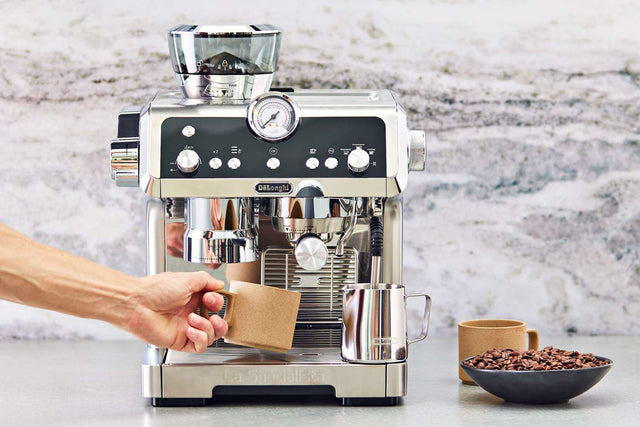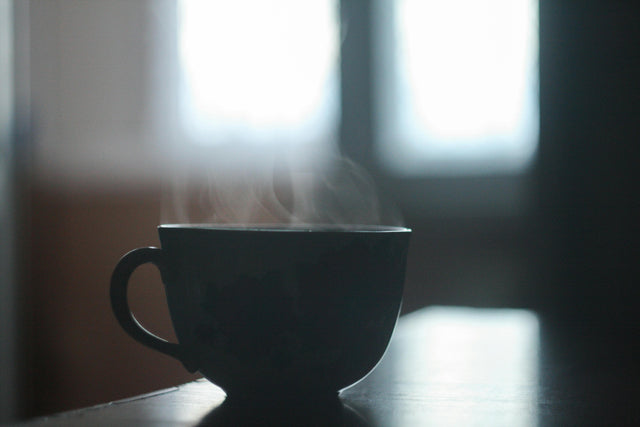You stroll down the coffee aisle, eyes darting between bags labeled "Coffee Beans" and others boasting "Espresso Beans." Wait a minute—aren't they just... coffee beans? If you've ever scratched your head over this, you're not alone. Let's demystify this caffeinated conundrum together.
Coffee Beans vs. Espresso Beans: The Basics
First things first: all espresso beans are coffee beans, but not all coffee beans are espresso beans. Confused? Let's break it down.
What Are Coffee Beans?
Coffee beans are the seeds of coffee cherries harvested from the Coffea plant. They're roasted to varying levels—light, medium, or dark—and are versatile enough for different brewing methods like drip coffee makers, pour-overs, French presses, and more.
What Are Espresso Beans?
Espresso beans are typically coffee beans roasted longer and darker. This extended roasting process brings out deeper, bolder flavors and reduces acidity, making them perfect for the high-pressure brewing method of espresso machines.
The Roasting Difference
- Coffee Beans: Often roasted light to medium to preserve unique flavor notes, acidity, and aroma.
- Espresso Beans: Usually roasted medium-dark to dark to enhance sweetness, body, and create that rich crema on top of your espresso shot.
Can You Use Coffee Beans for Espresso and Vice Versa?
Short answer: Yes, but here's what to expect.
- Using Coffee Beans for Espresso: Lighter roasts may taste sour or acidic when brewed as espresso due to the quick extraction time.
- Using Espresso Beans for Coffee: You'll get a bolder, more robust cup—great if you love intense flavors.
Flavor Profiles
- Coffee from Coffee Beans: Expect brighter, more acidic flavors with fruity or floral notes.
- Espresso from Espresso Beans: Anticipate a rich, full-bodied shot with notes of chocolate, caramel, or nuts.
Brewing Methods Matter
The grind size and brewing method play crucial roles in how your coffee turns out.
- Espresso: Requires a fine grind to allow pressurized water to extract flavors quickly.
- Drip Coffee/French Press: Use a medium to coarse grind for optimal extraction over a longer brewing time.
So, Which Should You Choose?
It depends on your taste buds and brewing equipment.
- If You Love Espresso Drinks: Opt for beans labeled as espresso roast—like our Espresso Blend—for that perfect shot with rich crema.
- If You're a Traditional Coffee Drinker: Choose beans roasted for drip or pour-over methods, such as our Single Origin Guatemalan.
FAQs
Q: Is there a difference in caffeine content?
A: Espresso shots may taste stronger, but they often contain less caffeine per serving than a full cup of drip coffee.
Q: Can I use espresso beans in a French press?
A: Absolutely! You'll get a bolder, more robust flavor profile.
Q: What's the best grind size for espresso beans?
A: For espresso machines, use a fine grind. For other brewing methods, adjust the grind size accordingly.
Q: Are espresso beans stronger than coffee beans?
A: In terms of flavor intensity, yes. Espresso beans (dark roasts) tend to have a stronger, more robust taste.
Brew It Your Way with Sumato Coffee
Whether you're team espresso or team drip, we've got you covered. Explore our range:
- Sumato's Espresso Blend: Crafted for a smooth, rich shot every time.
- Single Origin Coffees: Discover unique flavors from around the world.
- Thousand Mountains: For those who love a deep, intense brew.
Final Sip
At the end of the day, coffee is a personal journey. Don't be afraid to experiment with different beans and brewing methods. Who knows? You might discover your new favorite cup in the process.
Mentioned in this article
More stories

The Basics of Coffee Equipment

